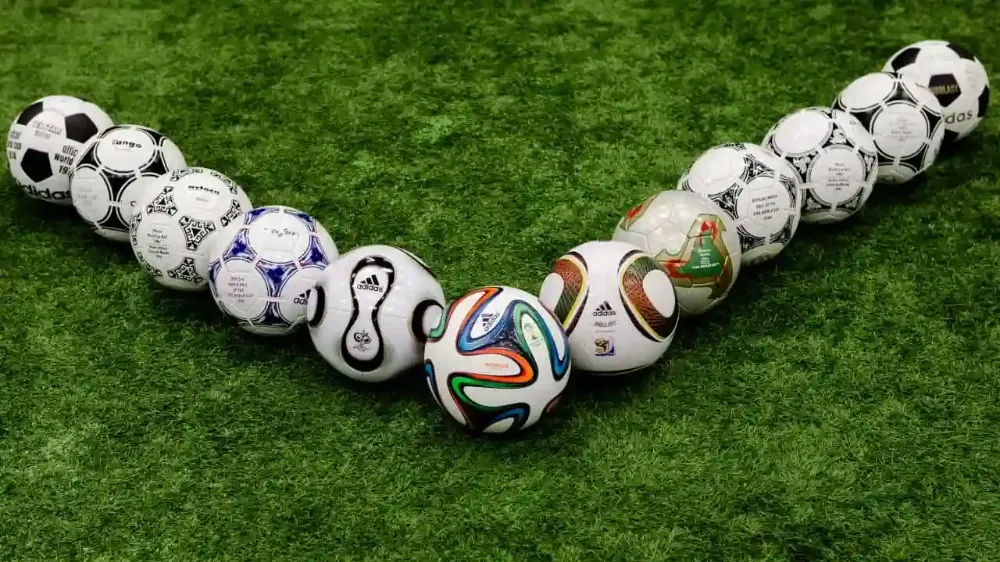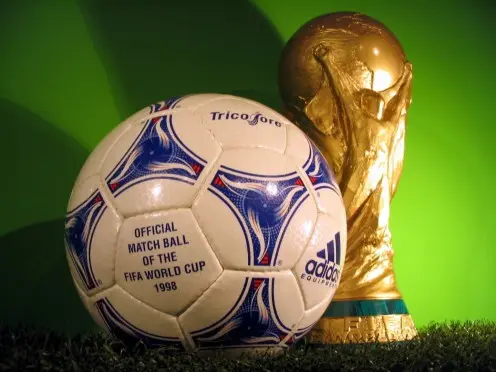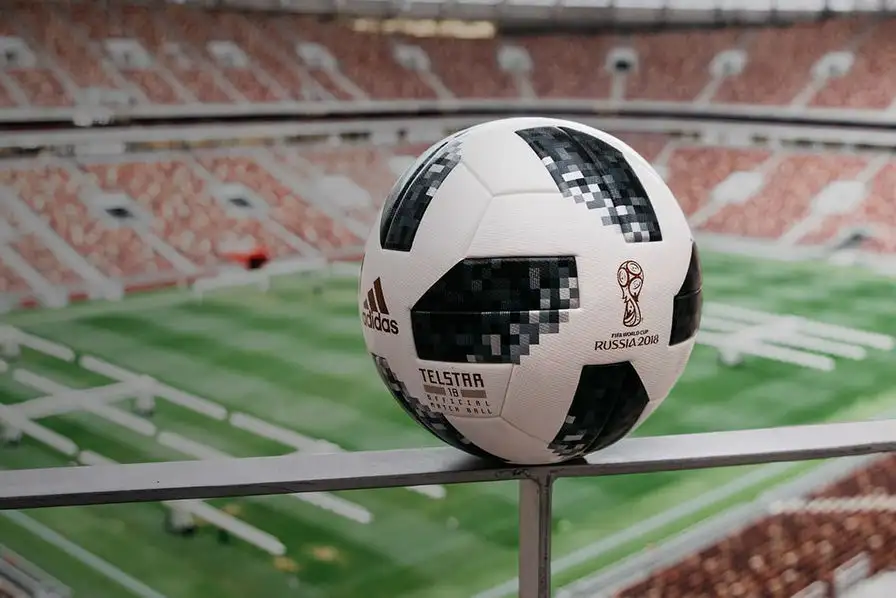
Every World Cup is a grand event that inspires manufacturers to develop new models of football equipment. There are new boots, T-shirts, baseball caps, and, perhaps, the most important equipment for the game - balls. We have prepared a brief overview of all official World Cup balls since 1986 to give you the opportunity to trace the evolution of footballs.
The first balls in our chronological selection are the traditional Azteca, Unico, and Questra models. All these balls have the same design with minor technological differences, however, each of them has its own unique history. The Aztec model was used at the 1986 World Cup in Mexico.
Four years later, at the 1990 World Cup in Italy, we saw almost the same ball in terms of design and technology. Etrusco was the first ball to have an inner layer of black polyurethane foam.

1990 World Cup in Italy
The Adidas Questra ball, which was produced for the 1994 World Cup, was truly unique. The main difference between this model and its predecessor Etrusco was that the ball was covered with a layer of expanded polystyrene. This made it waterproof and allowed it to gain more acceleration at impact.
Questra ball, which was produced for the 1994 World Cup
So, we gradually move on to more modern variations of design and color scheme, which, in my subjective opinion, makes the official balls of the World Cups unique and recognizable. Tricolore balls were actively rolled on the fields of France during the 1998 World Cup.
Tricolore balls actively rolled on the fields of France during the 1998 World Cup
Next, we move on to the model that is perhaps the most iconic official World Cup ball of all time. The Fevernova model is the official ball of the 2002 World Cup held in South Korea and Japan. It was made of inner layers of greater thickness, which increased the accuracy of its flight.
Fevernova model - the official ball of the 2002 World Cup

The 2006 World Cup in Germany was the finest hour of the Teamgeist model. The construction of the ball was completely redesigned in terms of design and technology. To support your favorite team you can bet with bonus 10 euro casino. Adidas managed to develop a configuration that implied a smaller number of seams, which made the outer shell of the ball smoother, giving it a perfectly round shape, and providing maximum comfort when handling the ball.
The 2006 World Cup in Germany was the finest hour of the Teamgeist model.
The 2010 World Cup in South Africa introduced the Jabulani ball to the world, which made a splash in the football world thanks to its aerodynamic properties. I still remember the wonderful goal of South African Shabalala in the first game of the tournament against Mexico! The sound of the vuvuzela was so powerful that it seemed to be able to tear off the roof of the stadium.
The championship held in 2010 in South Africa showed the world the ball Jabulani
The official ball of the World Cup in Brazil was a ball with a memorable name, Brazuca. Its 6-panel design provided improved control, touch, stability, and aerodynamics. Brazilians took an active part in the process, choosing the name for the official home tournament ball through a popular vote involving more than one million football fans. Brazuca is an informal term that literally means "Brazilian", a Brazilian image that succinctly describes Brazilian life. All elements of its design personified Brazil and its culture. In general, it was safe to say that it was the best ball of theirs that existed at that time.
The official ball of the World Cup in Brazil was a ball with a memorable name, the Brazuca

The last ball on our list is this year's Telstar model. The official ball of the 2018 World Cup is made of innovative panels and has an advanced graphic coating that enhances its performance and durability. The textured shell provides excellent grip, touch, and aerodynamics. In the production of the Telstar ball, a thermal bonding method was used, which gives it stability and predictable trajectory during flight, and also makes it water resistant. The designers of the Telstar model were inspired by the first soccer ball to be shown in the live broadcasts of the World Cup matches on television. Like its prototype, this ball is also black and white to make it easier to see on the screen.